The Patriarch, Old Williams.
When I came across the words “Barnes School” in connection with art, I immediately thought it was referring to an artistic colony or a type of painting but I was wrong, albeit the name derived from the then rural town of Barnes, a district in the London Borough of Richmond upon Thames, where a talented artistic family had their painting studio. The name referred to a nineteenth century family of gifted Victorian landscape painters who pictorially depicted the British countryside. The head of this family of artists was Edward Williams. In this and the next three blogs I will be looking at the life and work of the talented patriarch and his six sons
Edward Williams was born some time in 1781 as baptismal records show him as being baptised on October 13th 1781 at St. Mary’s Church in the London borough of Lambeth. Edward was the son of Edward Williams, an engraver and Mary Ward. Mary came from a large artistic family. She was a sister of James Ward the well-known animal painter, and a sister of the equally well-known engraver, William Ward. Mary was also a sister-in-law of the talented figure painter George Morland, and a sister-in-law of Henry Chalon, another animal painter. The family history recounts that around 1793 Edward Williams’ mother left his father for another man, and their son Edward was sent to live with his maternal uncle, James Ward the painter. Ward was one of the outstanding artists of the day and was regarded as one of the great animal painters of his time. It is not recorded as to whether Ward ever gave his young nephew any artistic training but there is no doubt that Edward must have been influenced by his brief association with Ward.

After staying with Ward for a short period Edward Williams took up an apprenticeship with a carver and gilder named Thomas Hillier, who was not in any of the trade guilds but nonetheless had a shop on Silver Street, Golden Square, London. It was probable that Edward began his career carving and gilding picture frames, but it is also known that to support himself financially he painted and sold miniatures.
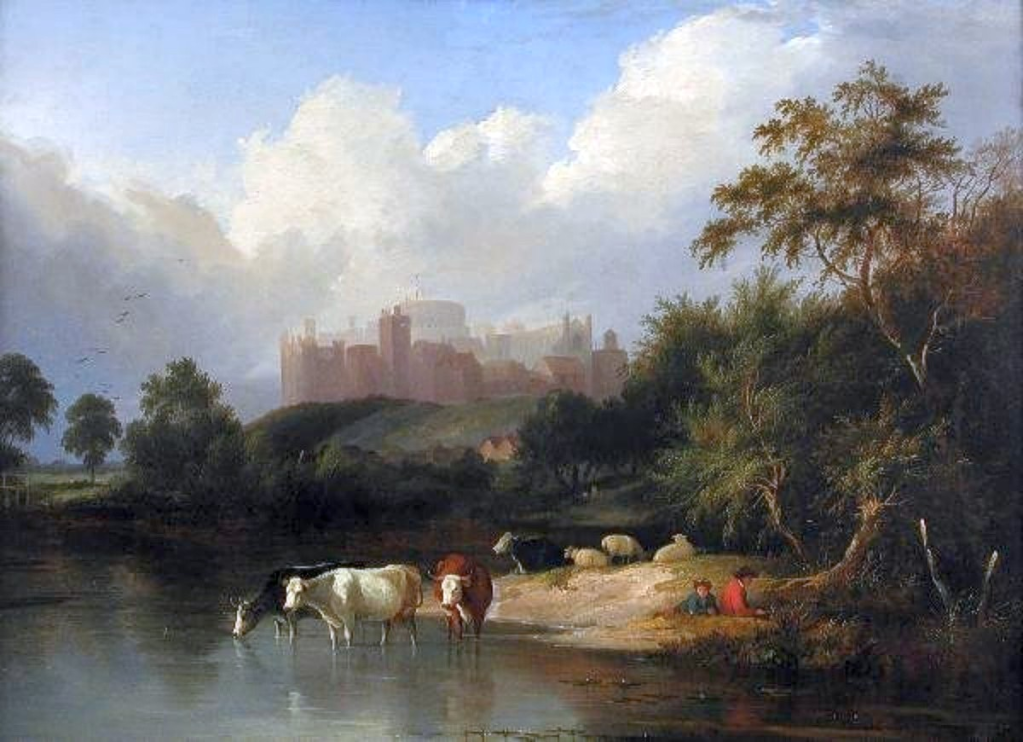
Edward married Ann Hildebrant, who was the daughter of Frederick and Sarah Hildebrant, on February 12th, 1806 at St. Pancras Church in London. Ann was twenty-five and Edward was a year younger. Although Edward Williams’ profession was as a carver and gilder he was amongst relatives who were all well-known painters and engravers, and consequently, as time passed, Edward re-invented himself as a painter.

His initial delving into the world of art was when he started to copy well known landscape paintings of the Dutch Baroque era of the 1600’s, such as those by Jacob Isaackszoon van Ruisdael and Meindert Hobbema.
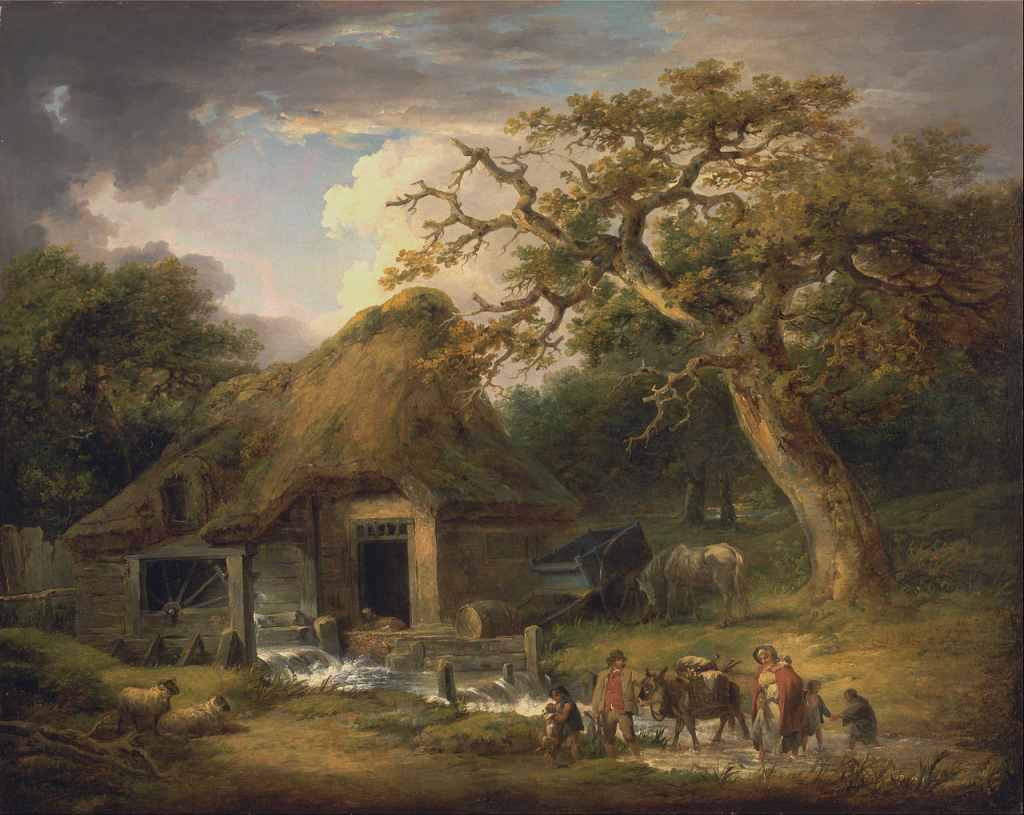
Following this phase in his artistic career, he concentrated on copying works by contemporary landscape painters, such as his uncle, George Morland. Edward took the decision to become a landscape painter which was a risky choice as landscape art was, at the time, considered to be an inferior genre.
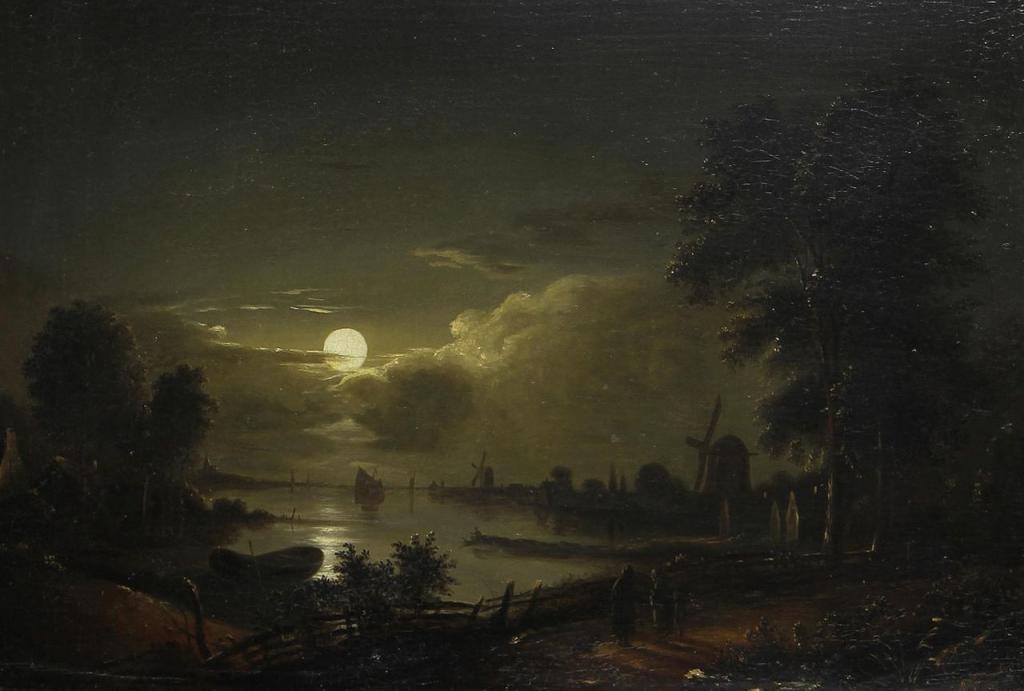
Edward Williams became known for his moonlight scenes. Edward Williams often shared art exhibition venues with his sons, causing some confusion with the public who had trouble telling one Williams painting from another. He is often called “Old Williams” to distinguish him from his oldest son, and he is referred to in some of the art journals of the time as “Moonight Williams”, as moonlit scenes of the Thames were one of his favourite subjects in his paintings
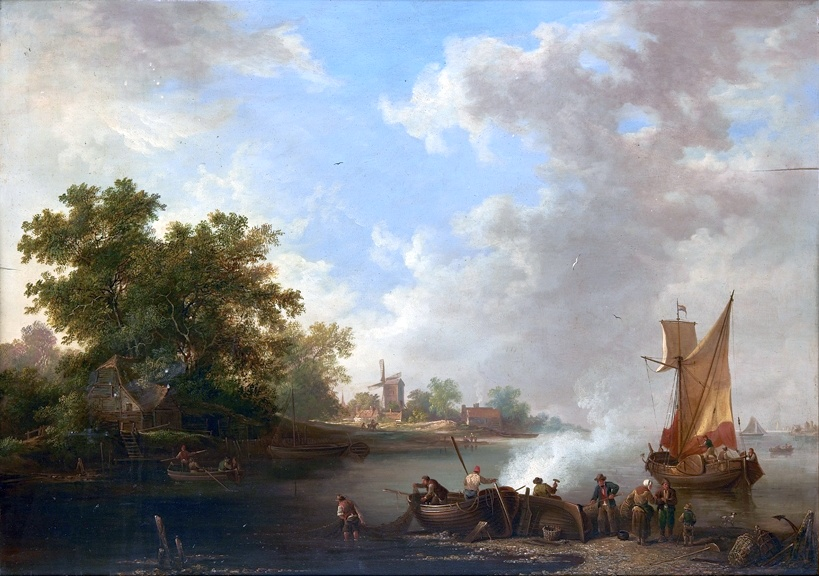
As he got older, for river scenes along the Thames.
Edward and his wife Ann Hildebrandt had married in February 1806 and went on to have eight children. The first-born was Edward Charles Williams who was born on July 10th 1807 and because he had been given the same name as his father, Edward Williams, his father became known in his later years as “Old Williams” to distinguish himself from his eldest son . Two more sons followed, Henry John Boddington Williams in October 1811, George Augustus Williams in May 1814. Then followed the Williams’ only daughter, Emily Anne Williams who was born in June 1816. Arthur Gilbert Frederick Williams arrived in December 1819 followed by Sidney Richard Percy Williams in March 1822. Identical twin boys Alfred Walter Williams and Charles Williams were the final additions to the Williams family in July 1824. Sadly, Charles Williams died shortly after birth.
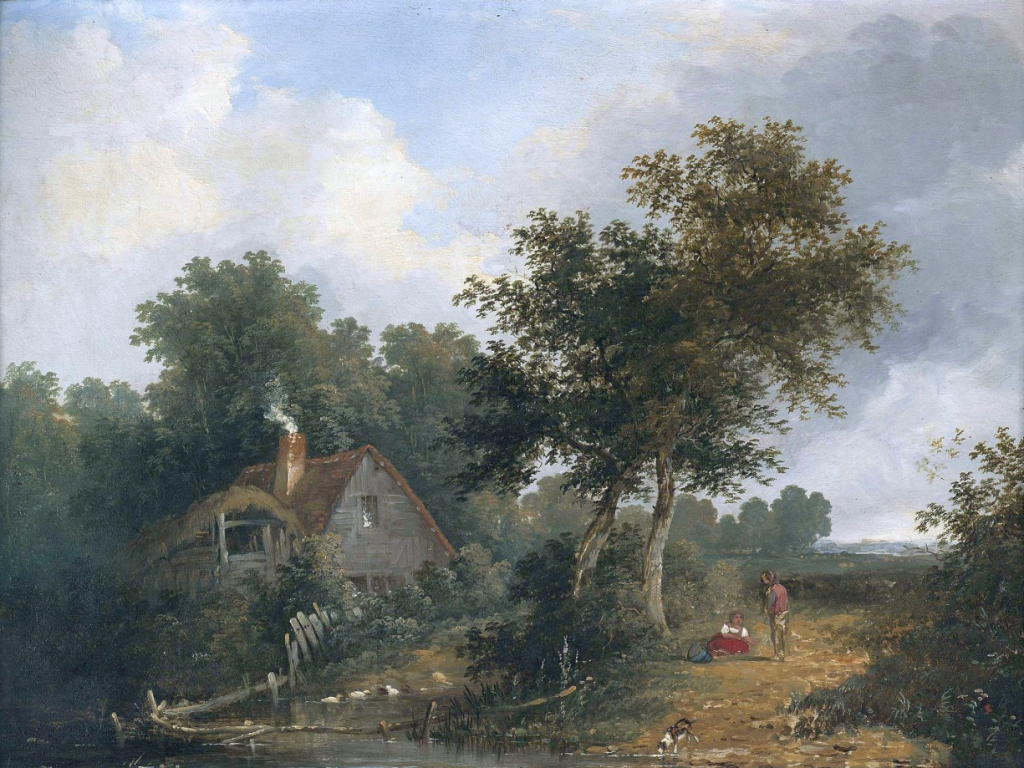
Edward and his wife Ann lived in various residences, in what is now termed the West End of London, in Percy Street, Foley Street, and Charlotte Street. In 1827 the family moved to Cromer Street in the St Pancras area where they stayed for almost twenty years. By 1846 with the continuous sale of the father and sons’ paintings, the family’s finances had improved. Add to that fact the family had grown, they needed a larger residence and so moved to 32 Castelnau Villas, Barnes. Edward Williams spent his final years there with his wife Ann. She died, aged 71, and was buried on September 24th, 1851 at the Barnes Parish Church. Old Williams was overcome with the grief from the death of his wife and he died just four years later at the age of 74 on June 24th, 1855 at his Castelnau Villa house. He along with his wife now rest in the Old Barnes Cemetery. Sadly, the cemetery has been turned into a nature sanctuary by the city council and the graveyard has fallen into disrepair and is overgrown with bushes and vines.
……………..to be continued.
Most of the information I have found for these blogs about the Barnes School came from the excellent website of Mike Clark, entitled Genealogy of the Percy, Williams and Ward families. If you would like to read an in-depth account of the Williams family, this is a must-read.

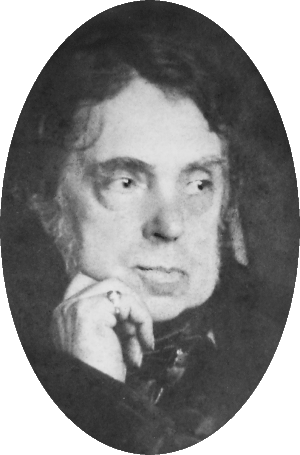
One thought on “The Barnes School”